The US Coast Guard has opened an alternate channel for vessels at the site of the Francis Scott Key Bridge collapse in Baltimore port.
The captain of the port established the temporary alternate channel near Sollers Point for “commercially essential” vessels as part of a phased approach to opening the main federal channel. The channel will be limited for transit at the discretion of the captain during daylight hours only, with a controlling depth of 3.35 metres (11 foot), a 80.4-metre horizontal clearance, and a 29-metre vertical clearance.
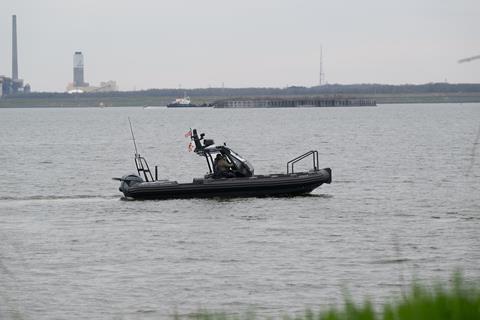
The Unified Command – involving all agencies agencies with geographical or functional responsibility for an incident – is also working to establish a second temporary alternate channel, which would allow for deeper draft vessels, with an anticipated draft restriction of 4.6-4.8 metres. This would be located on the southwest side of the main channel.
Currently, there is a 1,828-metre safety zone around the remains of the collapsed bridge in effect while crane barges actively work to remove the wreckage.
The bridge collapsed into the Patapsco River on March 26 after being struck by the Dali container ship, setting off an emergency response and a search and rescue effort. Two men were rescued, and two bodies have been recovered, while four individuals are still missing. Unfortunately, the search mission for the remaining victims was suspended because of safety concerns for divers.
There is no official timeline for when the channel will be reopened, although a source previously told Automotive Logistics it will likely be closed until at least May.
Shipping lines CMA CGM, Evergreen and Cosco have announced that customers will be responsible for transport from the new port of discharge, while Maersk has said it will cover transport to Baltimore for containers already in transit.
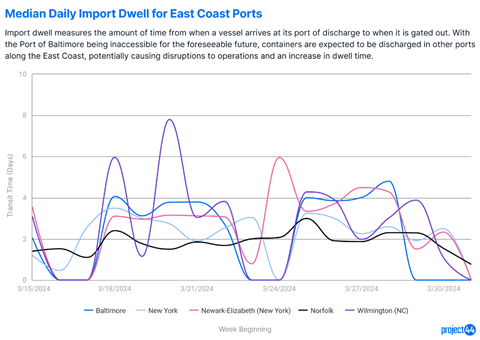
Project44, a supply chain insights firm, said that spot rates are likely to increase for both truck and rail as new ports of discharge have been assigned to many of the containers aboard vessels originally destined to call at the port of Baltimore, and outbound dray demand will increase from these ports.
Vessels are being rerouted to Norfolk (43%), New York (26%), Wilmington (13%) and Newark-Elizabeth New York (10%), according to Project44. While there will be increased demand on the ports, Project44 said it is not expecting major disruptions to the port operations.
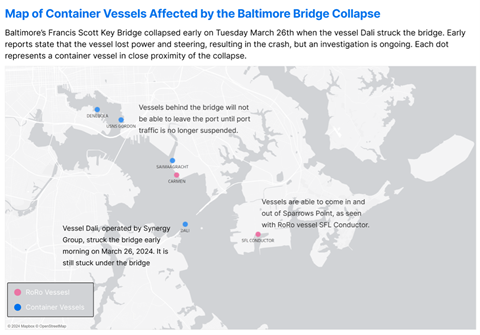
The Port of Baltimore handles vehicle volumes from carmakers including Nissan, Toyota, GM and Volvo. Project44 said it expects disruption in the automotive supply chain until companies can establish dray networks through neighbouring ports. Vessels are still able to come in and out of Sparrows Point, as seen with the ro-ro vessel SFL Conductor in the map of impacted vessels.
Topics
- Emergency logistics
- Finished Vehicle Logistics
- GM
- Inventory management
- Logistics service provider
- Maersk
- News
- Nissan
- North America
- OEMs
- Ports and processors
- Purchasing
- Road
- Shipping
- Suppliers
- Supply Chain Planning
- Technology service providers
- Toyota
- Track-and-trace
- United States Of America
- Volvo Cars
- Wallenius Wilhelmsen

























![Global[1]](https://d3n5uof8vony13.cloudfront.net/Pictures/web/a/d/s/global1_726550.svgz)





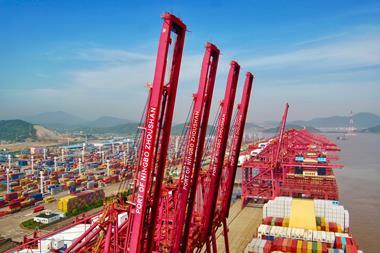
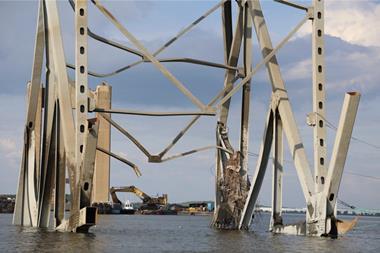

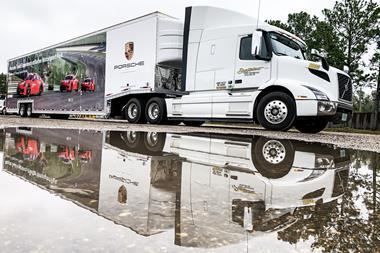
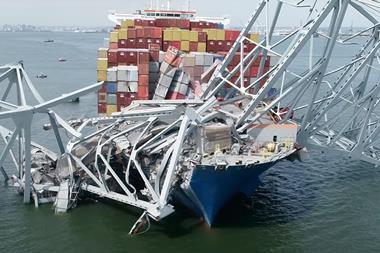
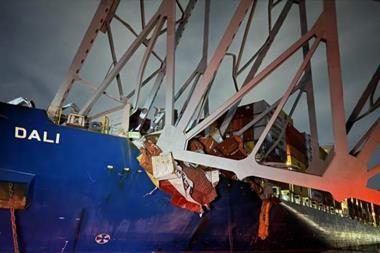



No comments yet